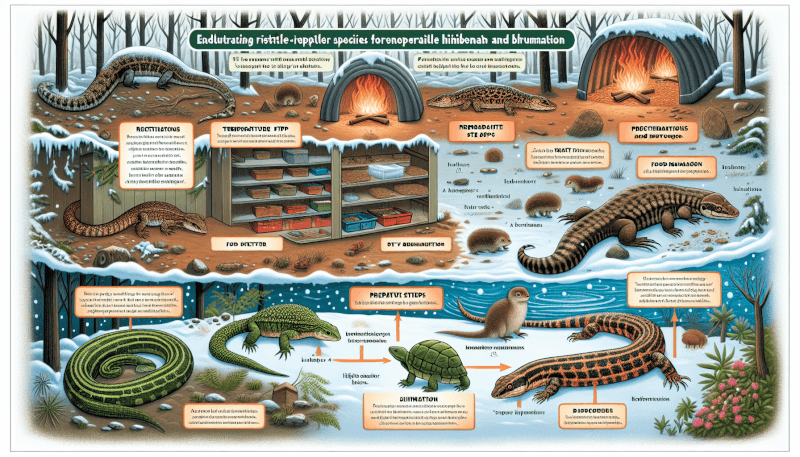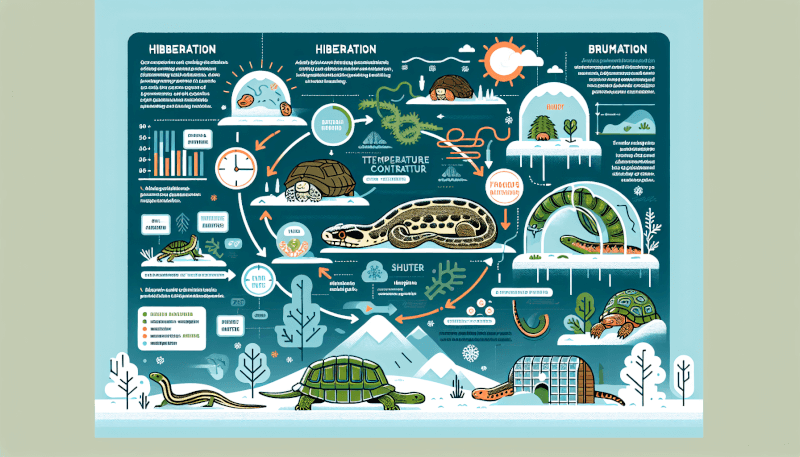In “The Ultimate Guide to Reptile Hibernation and Brumation,” you’ll discover everything you need to know about these fascinating natural processes. From understanding the difference between hibernation and brumation, to learning how reptiles prepare for and survive these dormant periods, this comprehensive guide is your go-to resource for reptile enthusiasts and pet owners alike. Whether you’re a seasoned reptile keeper or just starting out, join us as we unravel the mysteries of hibernation and brumation, and gain valuable insights on how to ensure the health and well-being of your scaly companions.
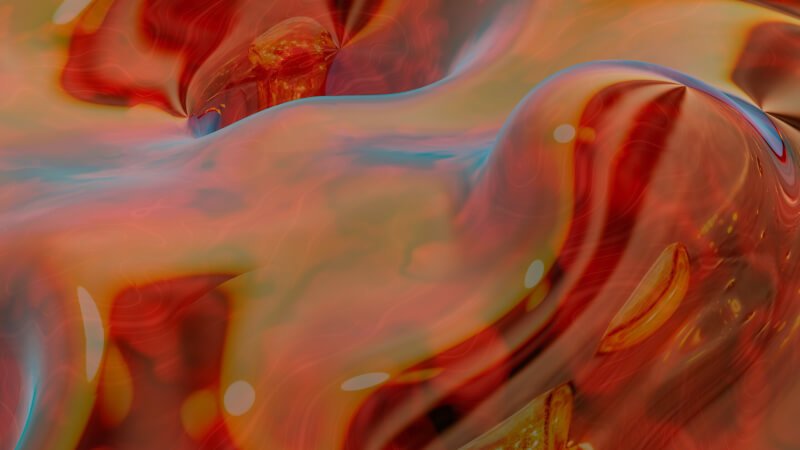
What is Hibernation?
Definition of Hibernation
Hibernation is a natural physiological process that some reptiles undergo to survive during periods of environmental stress, such as cold winter months. It is a state of deep sleep where reptiles conserve energy and reduce their metabolic rate significantly.
Purpose of Hibernation
The primary purpose of hibernation is to help reptiles conserve energy and survive unfavorable conditions. By entering a state of hibernation, reptiles can lower their metabolic rate, slow down their bodily functions, and reduce their need for food and water.
Characteristics of Hibernation
During hibernation, reptiles experience a significant decrease in body temperature, heart rate, and breathing rate. Their activity levels become almost non-existent, and they enter a prolonged state of dormancy. Reptiles in hibernation also exhibit a reduction in bodily functions, including digestion and waste elimination.
What is Brumation?
Definition of Brumation
Similar to hibernation, brumation is a state of dormancy observed in reptiles. However, unlike hibernation, which is characterized by a lowered metabolic rate, brumation refers to a period of decreased activity and slowed metabolism without the significant drop in body temperature.
Purpose of Brumation
Brumation serves the same purpose as hibernation – to help reptiles survive harsh environmental conditions. However, the main difference lies in the nature of these conditions. Brumation is typically seen in reptiles that experience milder winters or cooler climates where a decrease in metabolic activity is sufficient for survival.
Characteristics of Brumation
During brumation, reptiles experience a slight decrease in body temperature, but it is not as extreme as in hibernation. Their activity levels are significantly reduced, and their metabolism slows down to conserve energy. However, reptiles in brumation remain somewhat more alert and may occasionally rouse to drink water or shift positions.
Reptiles that Undergo Hibernation or Brumation
Turtle and Tortoise Hibernation
Many species of turtles and tortoises, such as box turtles, wood turtles, and Russian tortoises, undergo hibernation. These reptiles typically dig deep burrows or find suitable shelters to protect themselves from the cold and enter a state of dormancy.
Snake Hibernation
Certain snake species, including garter snakes, timber rattlesnakes, and corn snakes, also undergo hibernation. These snakes may congregate in large numbers in underground hibernacula, where they stay dormant to survive the winter months.
Lizard Brumation
Brumation is commonly observed in various lizard species, such as bearded dragons, leopard geckos, and blue-tongued skinks. These lizards reduce their activity levels and metabolic rate during brumation, often seeking refuge in burrows or rock crevices.
Understanding the Hibernation/Brumation Cycle
Preparation Phase
Before entering hibernation or brumation, reptiles go through a preparation phase. During this period, they increase their calorie intake, often consuming larger meals to build up energy reserves for the dormant period. They also start seeking suitable shelters and adjusting their behavior in anticipation of the upcoming dormancy.
Dormancy Phase
The dormancy phase is the actual hibernation or brumation period. Reptiles in this phase experience a drop in body temperature, slowed metabolism, and reduced bodily functions. They may remain in this dormant state for several weeks or even months, depending on the species and environmental conditions.
Recovery Phase
Once the hibernation or brumation period ends, reptiles enter the recovery phase. During this time, their metabolic rate gradually increases, and they start becoming more active again. They may require some time to fully restore their normal bodily functions and regain their usual activity levels.

Factors Affecting Hibernation and Brumation
Temperature
Temperature plays a crucial role in reptile hibernation and brumation. Different reptile species have specific temperature requirements to initiate and maintain the dormant state. Cold temperatures trigger hibernation, while slightly cooler temperatures induce brumation.
Light
Light exposure is another significant factor affecting reptile hibernation and brumation. Decreased daylight hours and shorter photoperiods signal reptiles to enter their dormant state. Limited exposure to natural light or artificial lighting with specific wavelengths can help replicate these conditions.
Food Availability
Reptiles undergo hibernation or brumation when food availability is scarce. As the availability of their natural prey decreases during winter months or cooler periods, reptiles adopt the dormant state to conserve energy and survive without regular feeding.
Hydration
Reptiles rely on hydration before entering hibernation or brumation to sustain their bodily functions during the dormant period. Adequate hydration is necessary to ensure the reptile’s well-being and to prevent dehydration-related health issues.
Creating the Ideal Hibernation/Brumation Environment
Temperature and Humidity Control
Maintaining appropriate temperature and humidity levels is crucial in creating the ideal hibernation or brumation environment for reptiles. It is essential to replicate the reptile’s natural habitat and provide a temperature gradient within their enclosure, allowing them to choose their preferred temperature.
Lighting and Photoperiod
Recreating natural lighting conditions is important for reptile hibernation and brumation. Using specialized lighting systems or adjusting the exposure to natural light helps regulate photoperiods and signals reptiles to enter their dormant state.
Hibernation/Brumation Containers
Providing suitable hibernation or brumation containers is essential for reptile care during the dormant phase. These containers should mimic the reptile’s natural habitat and offer a comfortable and secure environment for them to enter and remain in hibernation or brumation.
Providing Water and Hydration
Even though reptiles require less water during hibernation or brumation, it is crucial to provide a water source within their enclosure. The water should be shallow and accessible to rehydrate the reptile if they decide to drink during their dormant period.
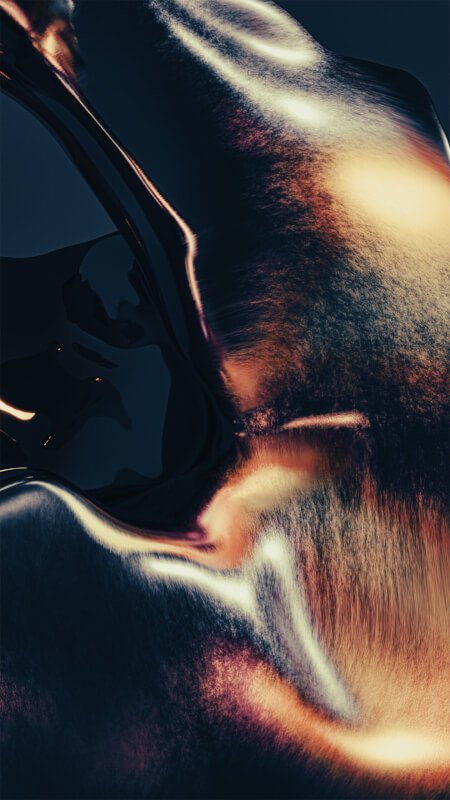
Preparing for Hibernation/Brumation
Health Assessment
Before entering hibernation or brumation, it is crucial to ensure that the reptile is in good health. A thorough health assessment by a qualified reptile veterinarian can identify any underlying health issues that may affect the dormant period.
Feeding and Nutrition
Reptiles need to be properly fed and have sufficient fat reserves before entering hibernation or brumation. Providing a nutritious diet that replicates their natural feeding habits helps them build up energy reserves for the dormant phase.
Hydration
Ensuring proper hydration is essential before reptiles enter hibernation or brumation. It is important to ensure they have access to clean water and maintain adequate hydration levels to support their overall health during the dormant period.
Habitat Preparation
Preparing the reptile’s habitat is crucial prior to hibernation or brumation. This includes providing suitable substrates, hiding spots, and temperature gradients within the enclosure to simulate their natural environment and make the reptile feel secure.
Monitoring Hibernation/Brumation
Signs of Activity
During hibernation or brumation, reptiles should exhibit minimal or no signs of activity. Monitoring for any signs of movement or increased activity can be an indication of problems, such as inadequate temperature control or inaccurate lighting.
Temperature and Humidity Monitoring
Regularly monitoring and maintaining the temperature and humidity levels within the hibernation or brumation environment is crucial. Temperature fluctuations or excessively dry or humid conditions can negatively impact the reptile’s health.
Careful Observation
Careful observation is essential during the hibernation or brumation period. Regularly checking the reptile’s condition, including body weight, hydration levels, and overall appearance, can help detect any abnormalities or health concerns that may require immediate attention.
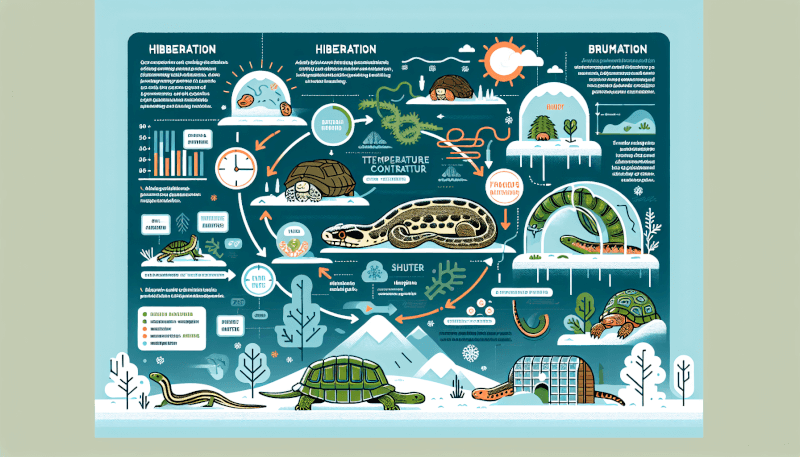
Hibernation and Brumation Risks and Concerns
Infection and Disease
Reptiles in hibernation or brumation can still be susceptible to infections and diseases. It is important to ensure that reptiles entering the dormant state are in optimal health and free from any infections or underlying diseases.
Parasites
Parasites can pose a significant risk to reptiles during hibernation or brumation. Prior to the dormant period, reptiles should be treated for parasites, such as internal worms or external mites, to minimize the risk of infestation during their dormant phase.
Impaired Immune System
The immune system of reptiles is compromised during hibernation or brumation, making them more susceptible to infections and diseases. It is crucial to maintain optimal conditions and provide appropriate husbandry to minimize the strain on their immune system.
Inadequate Hibernation/Brumation Conditions
Improper hibernation or brumation conditions can negatively impact the reptile’s health and overall well-being. Inadequate temperature control, lighting, or hydration can lead to complications or even death. It is important to ensure the reptile’s environment meets their specific needs.
Ending Hibernation/Brumation
Gradual Warming process
When it is time to end hibernation or brumation, it is crucial to initiate a gradual warming process. Sudden exposure to warm temperatures can cause stress or shock to the reptile’s system. Gradually increasing temperature and providing a warm basking spot replicates natural waking conditions.
Reintroducing Food and Water
After the reptile has fully warmed up, it is essential to reintroduce food and water gradually. Start with small, easy-to-digest meals and slowly increase the quantity and frequency over time. Providing a water source and monitoring hydration levels is also important during this transition phase.
Health Assessment and Veterinary Check-up
Following an extended period of hibernation or brumation, it is advisable to have a reptile veterinarian perform a thorough health assessment. This check-up allows for any underlying health issues to be addressed and ensures the reptile is in optimal condition after the dormant period.
In conclusion, understanding the process of hibernation and brumation in reptiles is crucial for their overall well-being. By creating the ideal environment, preparing the reptile appropriately, monitoring their dormant phase, and providing the necessary care, reptile owners can ensure a successful hibernation or brumation cycle for their beloved pets. Remember to always consult with a qualified reptile veterinarian for specific guidance and recommendations based on the species of reptile you own.
